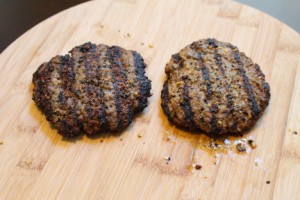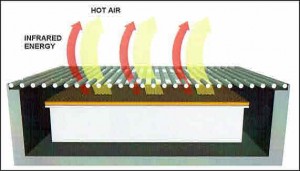TEC's New Technology vs. TEC's old ceramic Technology
We get asked a great deal what is the difference in food grilled on the New TEC Technology vs. the TEC's Old Ceramic Technology.
We have decided to put some different foods to the test!
We are going to start by showing you some basic foods grilled by just about everyone on a regular basis. Foods you tend to pull out of the fridge after a crazy day at the office, running late getting home and need to throw something on the TEC Grill really quick.
Let's get started..
The G-Sport FR, with TEC's new technology, is preheating on High for 10 minutes with the lid "CLOSED" while our 5 oz. ground chuck burger patties are getting up to room temperature (70 degrees)
The Sterling II, with TEC's old ceramic technology, is also preheating for10 minutes with the lid "OPEN" while our 5 oz. ground chuck burger patties are getting up to room temperature (70 degrees)
Both grills have been preheated. We throw one burger on the G-Sport and another burger on the Sterling II and let both cook for exactly 3 minutes per side on High fire, with both lids "OPEN"
The burgers are now medium well... perfect internal temperature of 150 degrees.
Time for the test. What is the difference in char? What is the difference in the score-marks? And what is the end result of weight of the burgers once grilled to medium well?
Which burger is the G-Sport and which burger is the Sterling II? I know those long time TEC users out there with the Old Ceramic technology can tell the difference!
The Sterling II burger (LEFT) had more visual char, the score-marks are close to 1/2" wide and the weight dropped from from 5 oz to 4 oz.
The G-Sport burger (RIGHT) had very little char, the score-marks are close to 1/8" wide and the weight dropped from 5 oz. to 4 oz.
So which burger do you prefer?


 100% Infrared Cooking
100% Infrared Cooking
